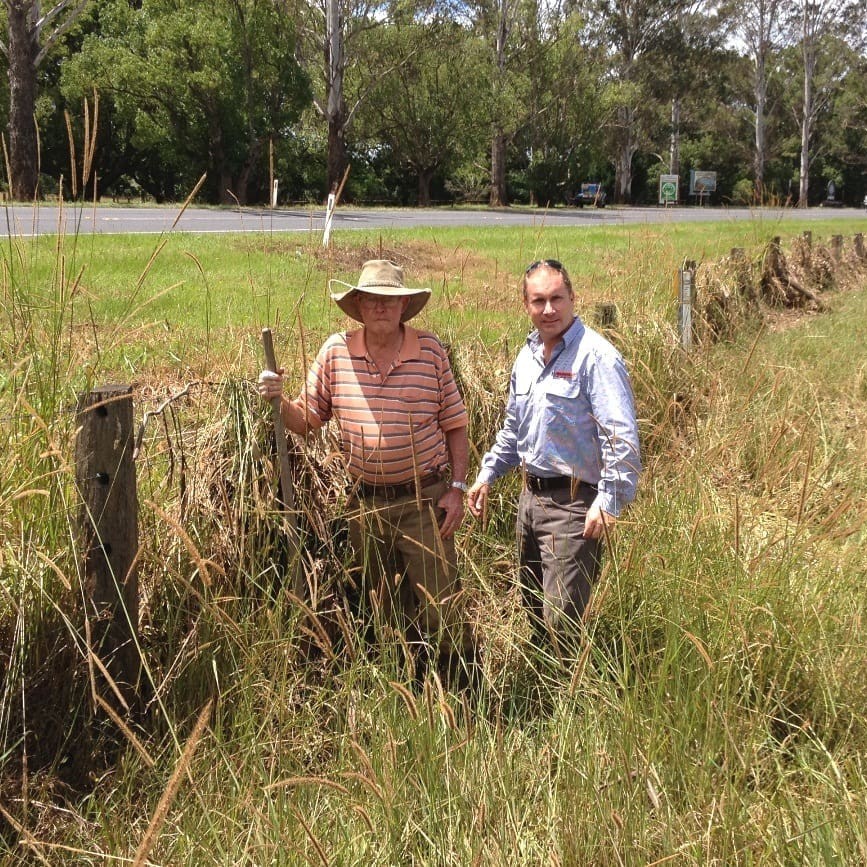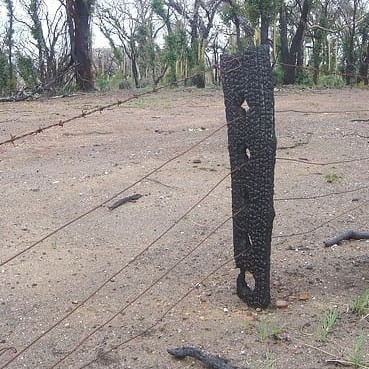 With the massive amount of damage from recent natural disasters throughout Australia’s eastern states this year, fencing is just one aspect of the lengthy recovery process for livestock producers to think about.
With the massive amount of damage from recent natural disasters throughout Australia’s eastern states this year, fencing is just one aspect of the lengthy recovery process for livestock producers to think about.
Waratah fencing expert Neville Prince is encouraging farmers to take time to plan properly, in order to optimise the effort put-in and the long-term cost of the work being done.
“While there is often an urgent need to restore boundary fences in particular, there is also the opportunity to re-assess the way properties are divided and develop better systems and layouts,” Mr Price said.
“At this stage there is little point rushing to get new fencing in before assessing damage and determining whether to repair or replace. It is false economy repairing a bad fence, or installing one that won’t last,” he said.
“Getting some expert advice can help in this difficult time, so speak to your local rural supplier or fencing materials sales rep. They will have the best idea of the local situation and be able to offer suggestions on the right products to make the job as easy as possible.”
 Waratah’s Northern NSW territory sales manager Andy Divall said a recent trip to Queensland showed him how extreme some of the flood damage had been, in damaging fences along the northern east coast.
Waratah’s Northern NSW territory sales manager Andy Divall said a recent trip to Queensland showed him how extreme some of the flood damage had been, in damaging fences along the northern east coast.
“Certainly at this stage, clean-up is the priority, and I emphasise the importance of this step when it comes to fencing. Wet waste left hanging on fences may cause corrosion and rust,” Mr Divall said.
Waratah’s Tasmanian regional sales manager Chris Brown-Price said for fire victims, the clean-up was also a significant step.
“For fire damaged property this often involves clearing land and grading for new fencelines. It is important to test wire and posts which have survived a blaze,” he said.
Some simple tips for farmers to consider when reviewing the situation after a flood or fire include:
- Rather than automatically replacing fences in their existing location, first consider the placement of gates, laneways and watering points. It may be an opportunity to re-structure paddock layouts to make an operation more productive or easier to manage.
- Review the damage to fencing materials and determine whether to repair or replace.
- Clean up before starting re-building. Take old wire and posts to the tip for the council to recycle (where provided), and grade new fencelines.
- Consider using steel rather than timber or concrete posts. Steel posts are faster to install – which is important when trying to get boundary fences back up quickly – and do not require heavy machinery.
- Local fencing material distributors or product sales representatives can provide advice over specific designs for your property’s conditions which can improve future productivity.
Waratah Fencing is helping flood and fire-affected livestock producers in several ways, including special pricing for replacement fencing. The company is also organising distribution of fencing products which have been donated by other farmers and contractors to “Blaze Aid”.
